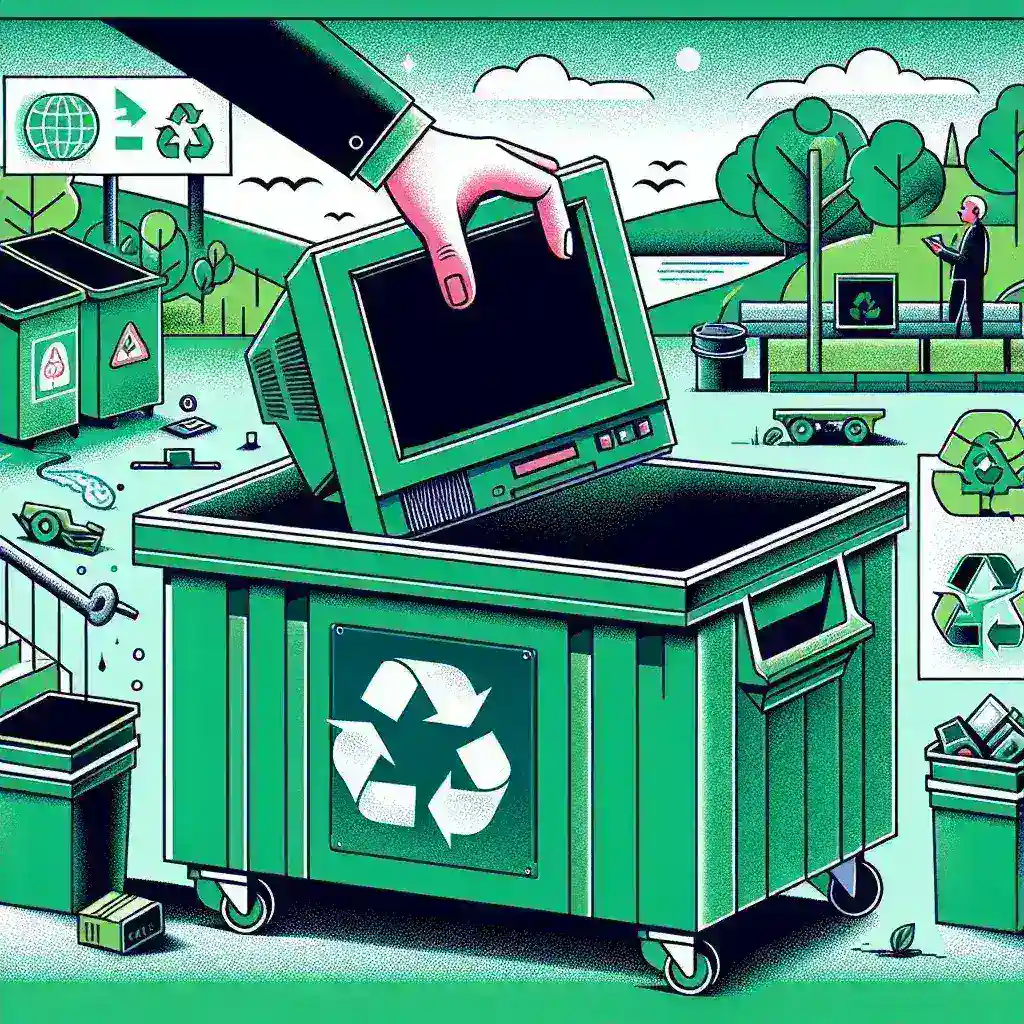How can consumers responsibly dispose of CRTs?
Introduction
Cathode Ray Tubes (CRTs) were once the backbone of televisions and computer monitors, but with the advent of advanced flat-screen technology, these bulky devices have become obsolete. Responsible disposal of CRTs is crucial due to their hazardous materials. This article will guide you through various methods to dispose of CRTs responsibly, ensuring environmental safety and public health.
The Challenges of Disposing CRTs
CRTs contain materials such as lead, cadmium, and mercury, which are harmful to the environment and human health. Proper disposal requires careful handling and adherence to environmental regulations:
| Material | Environmental Hazard | Human Health Risk |
|---|---|---|
| Lead | Soil and water contamination | Neurological damage |
| Cadmium | Water pollution | Kidney damage |
| Mercury | Air and water contamination | Nervous system damage |
Methods for Responsible Disposal
1. Recycling Programs
Many communities offer electronic recycling programs specifically designed to handle CRTs. These programs have the technology to safely dismantle the devices and recycle valuable materials while disposing of hazardous components responsibly.
How to Find a Recycling Program:
- Check local government websites for e-waste recycling events.
- Contact electric utilities, as they often have recycling initiatives.
- Visit national electronic recycling companies that provide drop-off locations or mail-in services.
2. Retailer Take-Back Schemes
Several electronics retailers offer take-back programs where consumers can return outdated electronics, including CRTs. These programs ensure that the devices are handled by professionals who recycle parts and dispose of contaminants appropriately.
Popular Retailers with Take-Back Programs:
- Best Buy
- Staples
- Office Depot
3. Household Hazardous Waste (HHW) Collection Events
CRTs are often categorized as household hazardous waste (HHW) due to their toxic components. Many cities organize HHW collection events where residents can safely drop off their CRTs for proper disposal.
How to Participate in HHW Events:
- Look for event announcements in local newspapers or municipal websites.
- Verify the types of items accepted to ensure CRTs are included.
- Prepare the CRT for transport according to the event guidelines.
4. Manufacturer Take-Back Programs
Some CRT manufacturers have established take-back programs to facilitate the safe disposal of their products. This is part of their commitment to corporate social responsibility and environmental protection.
Steps to Use Manufacturer Programs:
- Visit the manufacturer’s website to check if they offer a take-back program.
- Follow the provided instructions for returning the CRT.
- Consider contacting customer service for additional details.
Best Practices for CRT Disposal
1. Do Not Dump CRTs
Never dispose of CRTs in regular trash as they can release harmful substances into the environment. Proper recycling is the only safe method.
2. Protect from Breakage
Handle CRTs carefully to prevent breakage, which can release toxic materials. If a CRT breaks, consult local health departments for cleanup guidelines.
3. Remove Personal Data
If the CRT is part of a computer monitor, ensure that you erase all personal data before disposal. This step protects your privacy and personal information.
Environmental and Health Benefits
Responsible disposal of CRTs not only prevents environmental pollution but also safeguards human health. Recycling recovers valuable materials and reduces the need for raw resources, promoting sustainable practices.
Conclusion
As technology evolves, responsible disposal of outdated devices like CRTs becomes imperative. By utilizing recycling programs, retailer take-back schemes, HHW events, and manufacturer programs, consumers can ensure the safe and environmentally friendly disposal of CRTs. Adopting these best practices will contribute to a healthier planet and a safer future for all.

